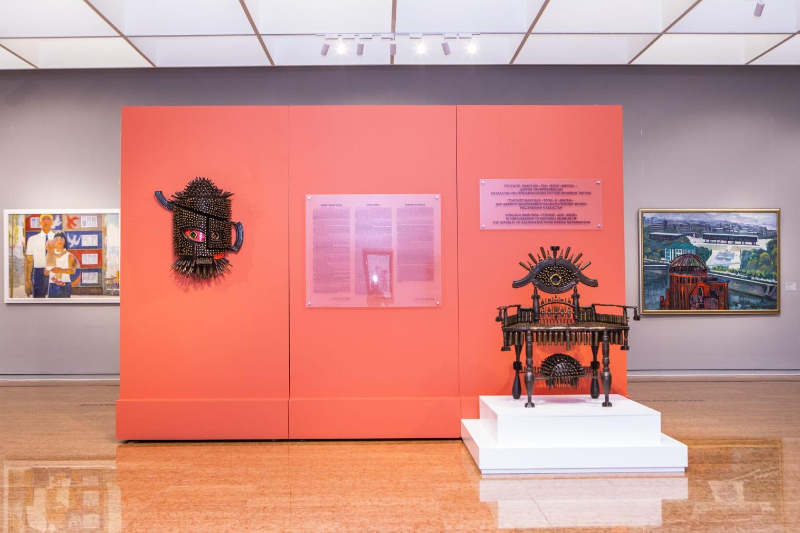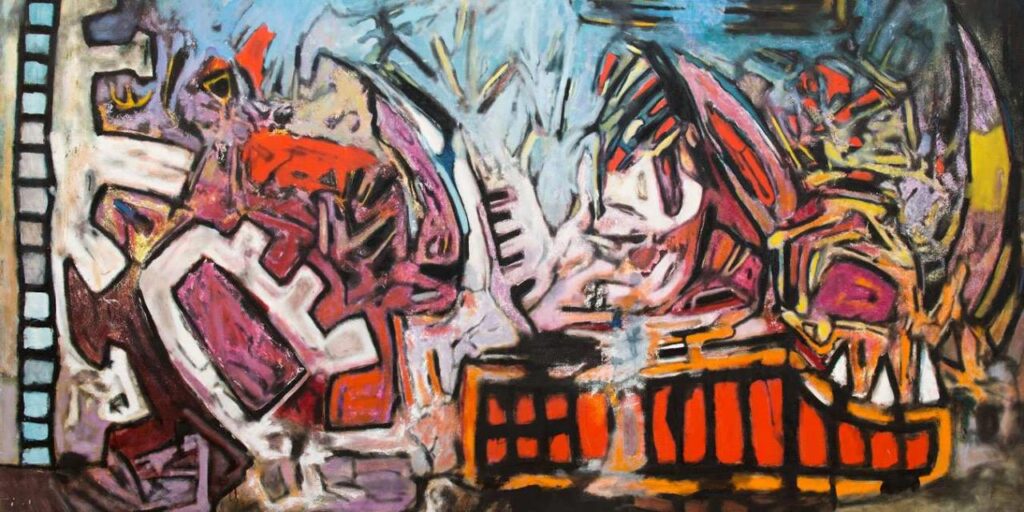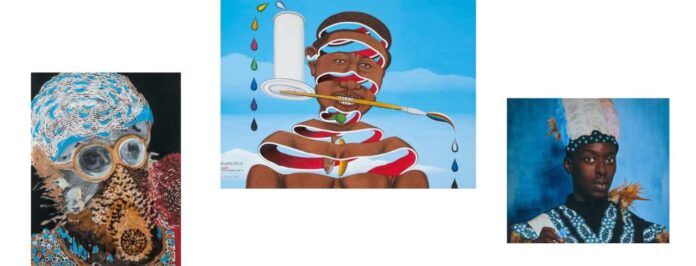The concept of modern African art has always been difficult to define. The continent includes 54 countries. Each of them has its own unique culture, traditions and social structures.
It is almost impossible to define an exact representation of modern African art.
There are several key factors we can look at to understand what made the African art scene what it is today.
To begin to disassemble and give a more general idea, it is necessary to consider the origins of modern and traditional African art.
The Blackness or Postcolonialism
The Blackness was primarily a literary movement led by the writers Aimé Sezer, Léon Damas y Léopold Sédar Senghor who played a very important role in the development of modern African art. The art movement was founded in 1937 by a group of African art students in Paris, a city with a diverse and tolerant art scene. Later, a movement grew up around the world with the goal of criticizing colonialism and instilling respect for black and African culture.
One of the most important artists of this movement was an artist from Guyana. Aubrey Williams, an artist who often used abstraction as a means of avoiding stereotypes in the narrow Western view of African art. In addition, criticism of colonial regimes was often the subject of his work.
Decolonization was a long process that stretched over 50 years until South Africa gained independence. Another name that emerged from this struggle is that of the activist and sculptor Gonzalo Mabunda de Mozambique, who creates his work from weapons.
With the advent of the end of the XNUMXth century, several exhibitions of traditional and modern African art began to be held in the West. They were fundamental to the popularization of African art on the other side of the world.

In 1989, the Center Pompidou de Paris opened an exhibition of earth benders who explored various forms of art from outside the Western world, which served as the impetus for several other key African exhibitions aimed at educating and celebrating modern African art and artists.
Commissioned by African curators, the Whitechapel Gallery exhibited art by 60 artists as a guide to the history of modern African art, opening doors to modernity and expansion. Now more and more global art venues continue to host fairs and exhibitions of modern and traditional African art.
Zeitz Museum of Contemporary Art de Africa en Cape Town, South Africa has become the heart of modern African art. Another center for modern African art is the Museum of Contemporary African Art Al Maaden en Marrakesh, Morocco. Founded in 2018, the art museum houses an incredible permanent collection of African art. In addition to this, it hosts many ever-changing exhibitions featuring African artists.

And while African art continues to expand rapidly, it remains only a small part of the art market, still recovering from the cultural and economic damage caused by centuries of colonialism. But with the incredible diversity of contemporary artists emerging on the continent, as well as the development of contemporary cultural spaces, there is no doubt that this is only the beginning of the world’s leading art scene.

























